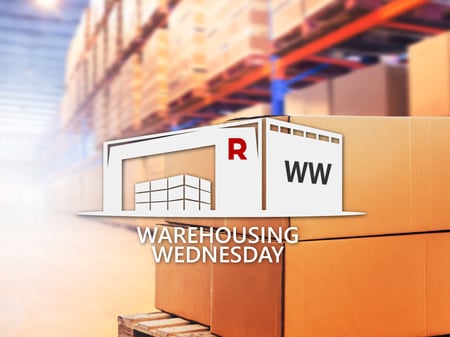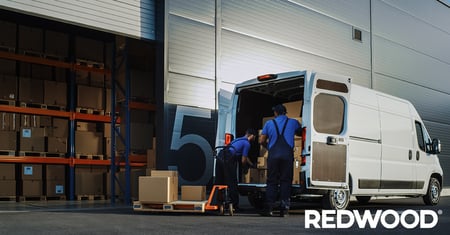Redwood Logistics: Navigating Evolving ESG Regulations Presents Implementation Hurdles
–Most companies are set for Scope 1 & 2 California/EU reporting requirements in 2026; Scope 3 an...

Explore Redwood insights via our huge digital library of supply chain and technology thought leadership blogs and resources.













